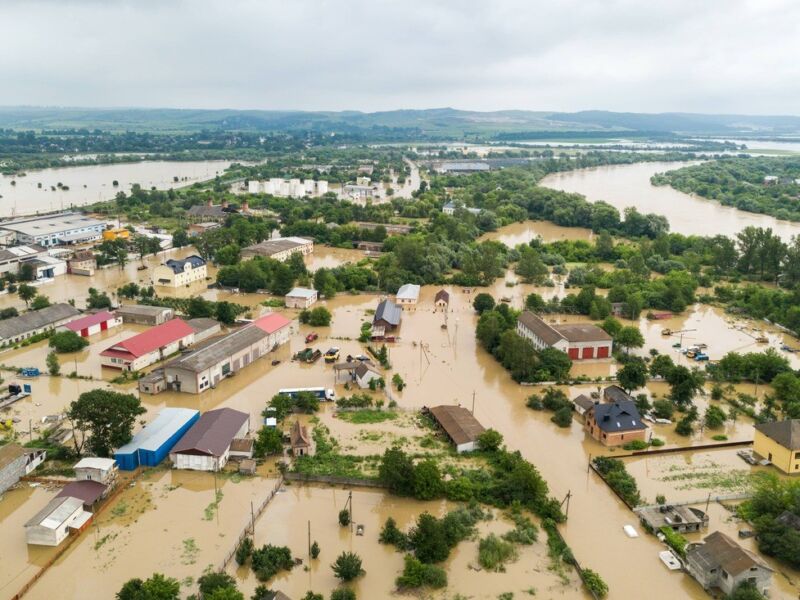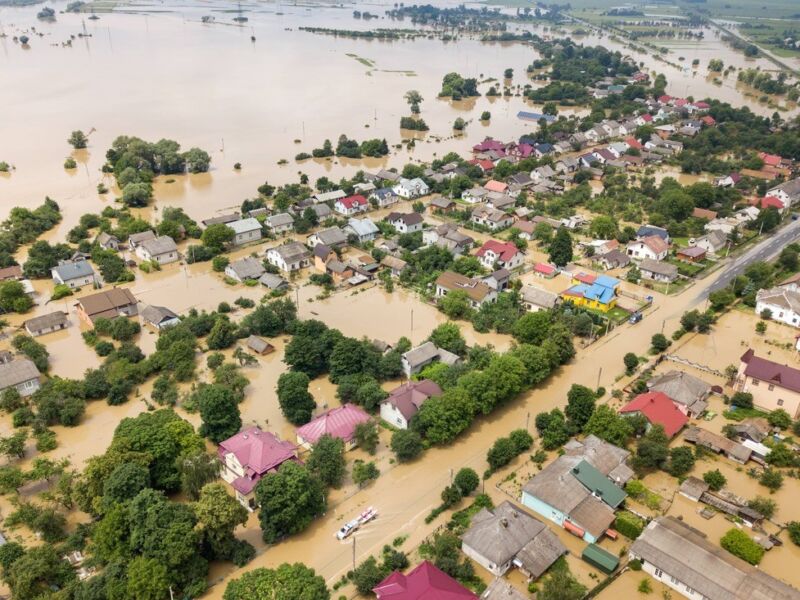
1. Introduction
An emergency response strategy is a crucial aspect of any organization’s crisis management plan. It involves comprehensive planning, preparation, and coordination to effectively handle crisis situations. This article explores various aspects of developing an emergency response strategy, including creating a crisis response plan, training an emergency response team, and implementing an emergency preparedness checklist.
2. The Importance of Emergency Response Strategy
An effective emergency response strategy is essential for minimizing the potential impact of crises and ensuring the safety of individuals and assets. It enables organizations to respond promptly, efficiently, and effectively in emergency situations, reducing the risk of further damage and facilitating a quicker recovery process.
2.1 Planning for Crisis Situations
Successful crisis management begins with proactive planning. Developing a crisis response plan is a critical component of an emergency response strategy. This plan outlines the necessary steps and protocols to be followed during various emergency scenarios. It should cover a wide range of potential crises, including natural disasters, fires, terrorist attacks, and medical emergencies.

2.2 Creating a Crisis Response Plan
When creating a crisis response plan, it is important to involve key stakeholders, such as senior management, department heads, and legal counsel. This ensures that all perspectives and potential risks are considered. The plan should include clear communication channels, evacuation procedures, emergency contact information, and other relevant details specific to the organization’s needs.
Regularly reviewing and updating the crisis response plan is crucial to account for changes in personnel, technology, and the external environment. This ensures that the plan remains relevant and effective in addressing evolving threats and challenges.
3. Training an Emergency Response Team
Having a well-trained emergency response team is essential for executing the crisis response plan effectively. This team is responsible for coordinating response efforts, making critical decisions, and ensuring the safety of personnel and assets.
3.1 Identifying Roles and Responsibilities
Each member of the emergency response team should have clearly defined roles and responsibilities. This helps streamline communication and ensures that each individual knows their specific tasks during an emergency. Some common roles within an emergency response team include incident commander, communication coordinator, safety officer, and logistics coordinator.
3.2 Conducting Regular Training Exercises
Regular training exercises are vital for testing and reinforcing the emergency response team’s skills and knowledge. These exercises can simulate different emergency scenarios, allowing team members to practice their roles and assess the effectiveness of the crisis response plan. It is important to debrief after each exercise to identify areas for improvement and make necessary adjustments to the plan.
4. Implementing an Emergency Preparedness Checklist
An emergency preparedness checklist serves as a guide to ensure that all necessary preparations are in place before a crisis occurs. It covers various aspects of emergency preparedness, including:

4.1 Risk Assessment
Conducting a comprehensive risk assessment helps identify potential hazards and vulnerabilities that could lead to a crisis. This assessment should consider natural disasters, security threats, infrastructure weaknesses, and other relevant factors.
4.2 Communication Protocols
Establishing clear communication protocols is crucial for disseminating information effectively during a crisis. This includes identifying primary and secondary communication channels, establishing a chain of command, and determining the methods of communicating with stakeholders, employees, and the public.
4.3 Resource Availability
Ensuring the availability of necessary resources, such as emergency supplies, equipment, and backup systems, is essential for effective crisis management. Regularly reviewing and replenishing these resources helps maintain readiness and resilience.
5. Conclusion
An emergency response strategy encompasses various elements, including crisis response planning, team training, and preparedness checklists. By developing a comprehensive strategy, organizations can effectively mitigate the impact of crises and ensure the safety of individuals and assets. Remember to regularly review and update the strategy to address evolving risks and challenges.
What is the purpose of an emergency response strategy?
How often should a crisis response plan be reviewed and updated?
Important Facts and Statistics about Storm and Disaster Restoration
- The water damage restoration industry is expected to grow at a CAGR of 6.8% from 2020 to 2025. (source)
- The top five most damaging storms of 2018 and 2019 were: (source)
- Hurricane Dorian
- Hurricane Michael
- Tropical Storm Imelda
- Hurricane Florence
- Hurricane Harvey
- The Federal Emergency Management Agency (FEMA) has declared a disaster in the Greater Houston area 26 times in the past 41 years, including the severe winter storm in February 2021. (source)



